Today, we are talking about tilt-shift! This technique lets photographers control focus and perspective in ways that standard lenses can't. Have you ever wondered how those cool miniature effects are created or how photographers straighten out skewed lines in tall buildings? That's tilt-shift at work!
In this post, we'll explain how tilt-shift lenses operate, from adjusting focus to altering perspectives. We’ll also explore creative ways to use this technique beyond miniatures and architecture.
Get ready to dive into the mechanics of tilt-shift and discover how to choose the right lens for your camera. Let's begin!
Elevate Ordinary Moments with Our Tilt-Shift Magic
Discover HowWhat is Tilt-Shift Photography
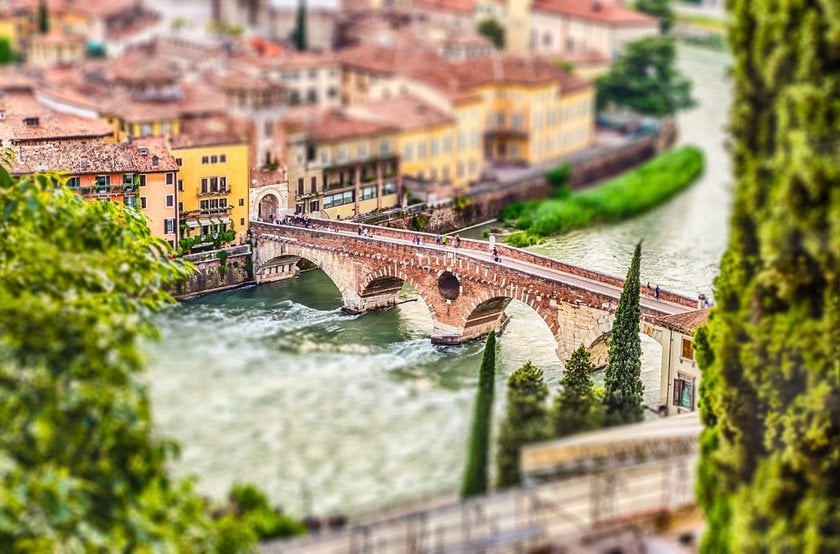
Tilt-shift photography refers to a technique that involves using special movements on a camera lens to control the perspective and focus plane of an image. So, what is tilt-shift? And how does tilt-shift work? Essentially, it allows photographers to create photos that have a selective focus, often used to simulate a miniature scene or to correct distortions in architectural photography that make buildings appear to lean backward!
By tilting the lens, photographers adjust the plane of focus, which can make only a specific part of the photo sharp while blurring out the rest. This is perfect for emphasizing subjects in a unique way. Shifting, on the other hand, moves the lens sideways or up and down relative to the image sensor. This adjustment helps in correcting the perspective, which is particularly useful in architectural photography to get buildings perfectly straight and proportional.
These capabilities transform ordinary photos into striking images that can either look like miniature models or perfectly scaled representations of large objects!
Creating the Miniature Effect with Tilt-Shift Photography
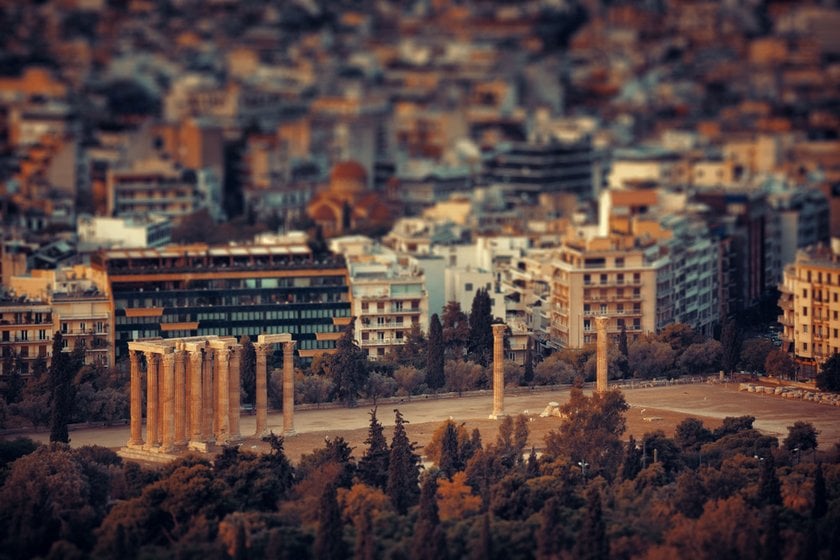
Here’s how you can master this effect, whether you’re behind the camera or in front of your computer editing!
1. If You’re Using a Tilt-Shift Lens
Start by finding a high vantage point that isn’t directly overhead. This angle is similar to how you’d look at a model display, giving you that perfect miniature perspective. Choose simple scenes — like a quiet street or a small park — as they mimic the uncomplicated nature of model setups. Complexity in your scene can detract from the effect and make it less believable.
Next, dial in your focus. A sharp, clear focus on a specific part of your image is crucial because any blur can ruin the miniature illusion. Aim to keep the lighting bright and even; harsh shadows or dim lighting can flatten the depth, which we need to keep intact for the best effect. Adjust your lens to tilt just so, altering the focus plane slightly. This step is what transforms a regular scene into a surreal, miniaturized wonderland!
The Right Tilt-Shift Lens
When you're looking for a tilt-shift lens, first make sure it fits your camera. Each lens matches specific camera models, so compatibility is key. Consider what you shoot most. If you enjoy capturing wide scenes like landscapes or cityscapes, a wide-angle lens, such as 17mm or 24mm, will help you grab more of the scene. For portraits or detailed close-ups, a longer lens, around 90mm, keeps everything crisp and clear.
Quality also matters a lot. You want a lens that keeps your photos sharp, and the colors look right, especially when you tilt or shift it to extremes.Since tilt-shift lenses are expensive, think about how often you'll use them. Is it worth the investment for you?
Also, read reviews, ask around in forums, or chat with friends who use these lenses. Their insights will help you see beyond the marketing and understand how the lens performs in the real world!
Advanced yet easy-to-use photo editor
Get Luminar Neo Now2. For the Digital Tinkerers Using Luminar Neo
Luminar Neo, an AI photo editor, is great for those who like quick, powerful photo edits. It's packed with easy-to-use features that fix common issues like exposure, color balance, and sharpness with just a few clicks. If you’re looking to create a tilt-shift effect or engage in detailed AI photo correction, this software makes these tasks effortless!
To add a tilt-shift effect to your photos, just head to the Blur tool, click on the Tilt-Shift option, and apply it! This feature lets you blur parts of your image while keeping others in sharp focus, perfect for creating that miniature scene effect. Plus, you can easily adjust how and where the effect applies, giving you full creative control. Whether you’re aiming to touch up a landscape or simulate a mini-world, Luminar Neo handles it all smoothly, helping you achieve professional results quickly!
Choosing Your Scene
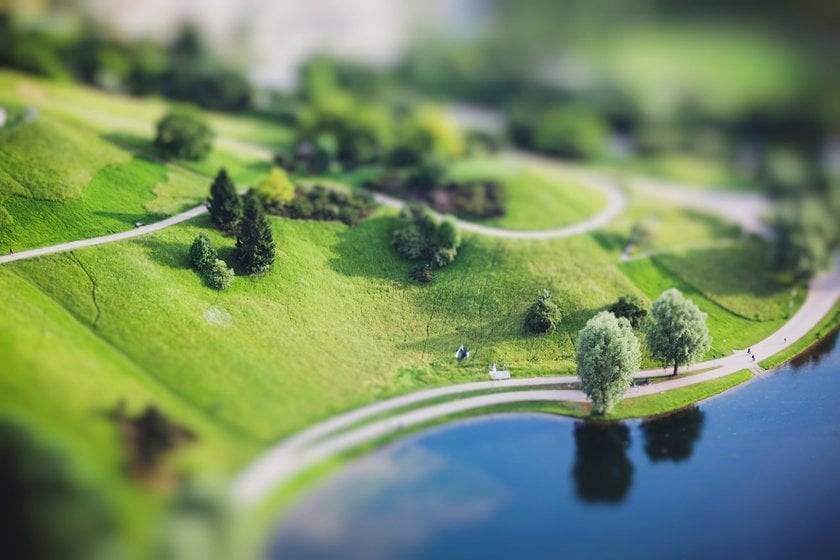
Great tilt-shift photography starts with the right scene. Places like the top of parking garages, footbridges, or any spot that gives you a bit of elevation are ideal. Look for settings with interesting structures or vibrant markets that can translate well into the miniature effect. Remember, if there are people, they should appear small and blend naturally into the scene, just like figures in a model set.
Tilt-shift isn’t just about simulating a miniature scene; it’s about capturing a viewpoint that makes the ordinary look extraordinary!
Creative Techniques with Tilt-Shift
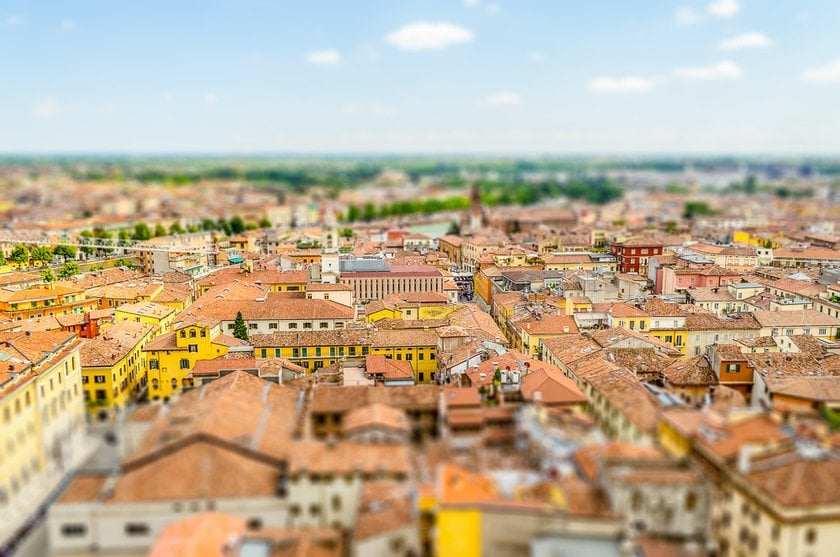
Tilt-shift photography is a creative outlet that lets you play with perspective in fun and unique ways! Here's how to add some creativity to your portfolio:
Spotlight Your Main Attraction: Tilt-shift lets you blur out distractions and focus sharply on your main subject. Whether it's a person in a bustling street or a lone tree in a vast landscape, this technique helps your subject pop and draws the viewer's eye exactly where you want it.
Turn the Mundane into Art: Try using tilt-shift on everyday scenes around you. Even a simple street scene or a row of parked cars can transform into a captivating abstract image. The shift in focus can create unexpected patterns and textures, giving ordinary objects a touch of surrealism!
Dive Into the Crowd: Using tilt-shift in crowded places like markets or festivals can highlight individual stories among the masses. This method helps you isolate just a few elements, turning a chaotic scene into a collection of personal moments, each telling its own story.
Nature in a New Dimension: Apply tilt-shift to your nature shots to emphasize specific features, like a gnarled tree branch or the smooth stones of a creek!
Elevate Your Photography with Our Advanced Software
DISCOVER PRICINGWrapping Up Tilt-Shift Photography
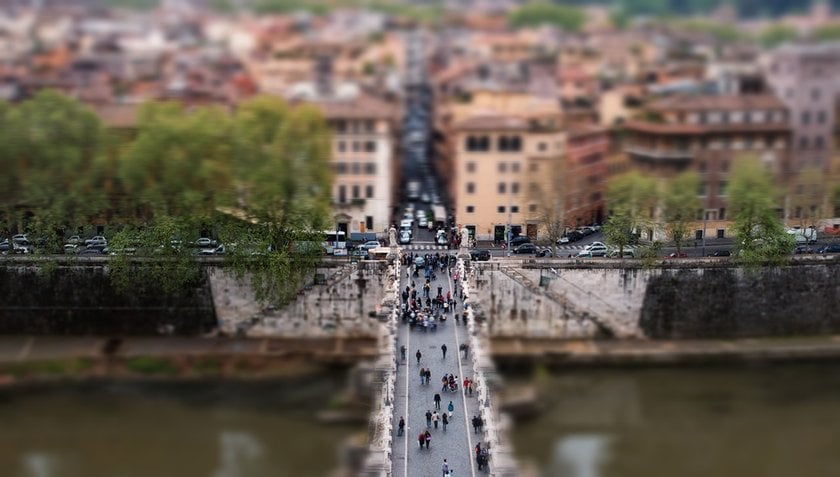
That's a wrap on our journey through the world of tilt-shift photography! We've covered everything from choosing the right lens to applying the miniature effect in post-processing with tools like Luminar Neo. This technique not only adds a unique touch to your photos by manipulating focus and perspective but also brings a new level of creativity to your photography toolkit.
If you enjoyed this deep dive into tilt-shift, you might also be interested in exploring how to stabilize your shots in challenging conditions. Check out our post on optical image stabilization to learn more about capturing sharp images even when there's motion involved!
So grab your camera, apply what you’ve learned, and start capturing the world in ways you’ve never imagined!




